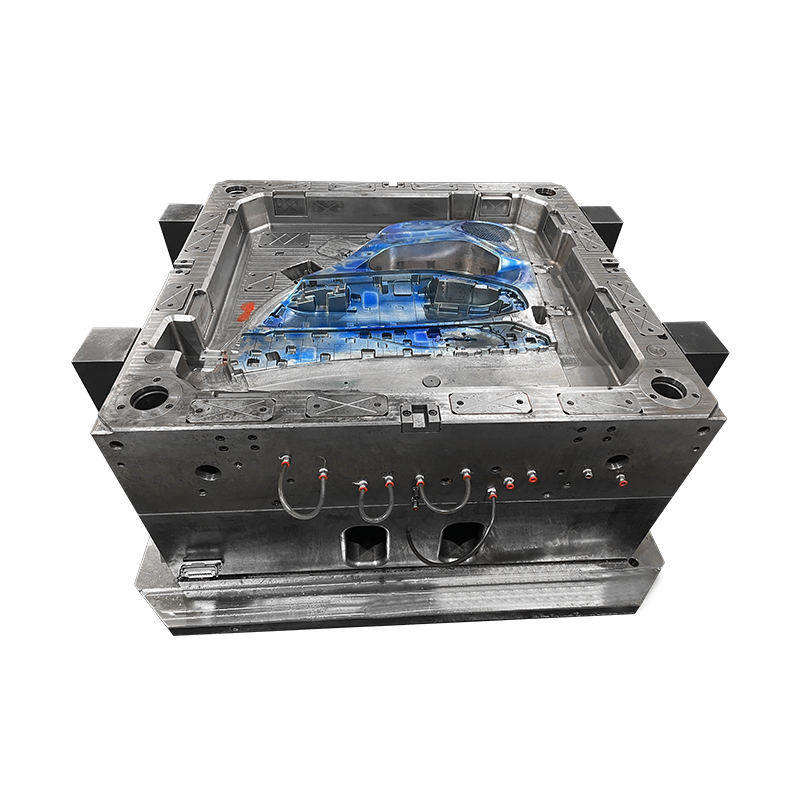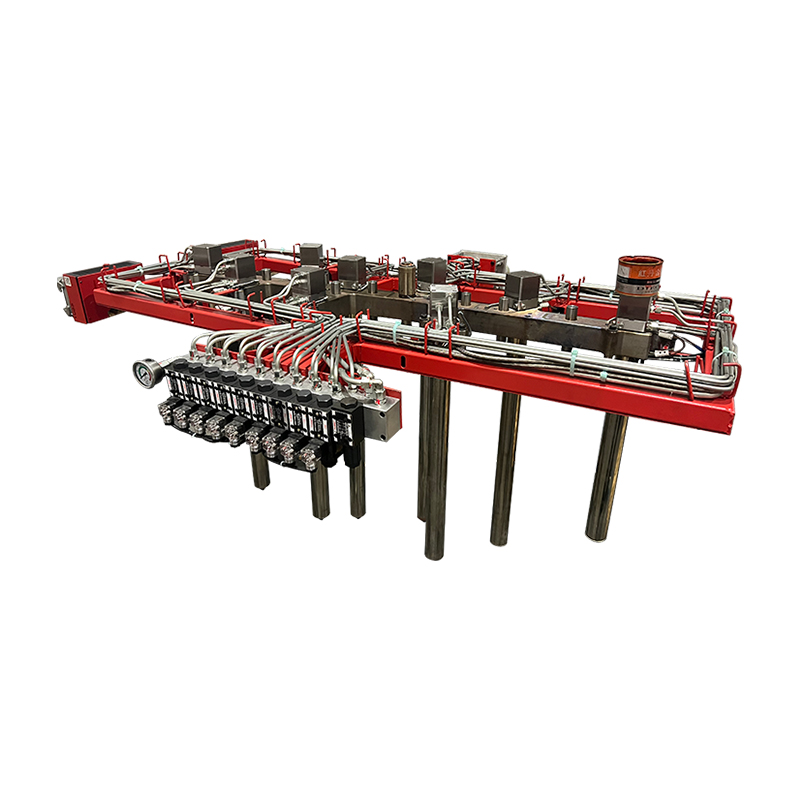Injection molding is a versatile manufacturing process widely used for producing various plastic components, including OEM injection drawer plastic molds. These molds are essential for manufacturing drawers used in diverse applications, ranging from household furniture to industrial storage solutions. Understanding the intricacies of OEM injection drawer plastic molds is crucial for optimizing production efficiency and ensuring product quality.
OEM injection drawer plastic molds are typically crafted from high-quality metals such as steel or aluminum. These materials offer durability, thermal conductivity, and corrosion resistance, essential for withstanding the rigors of injection molding processes. The mold design incorporates precise cavities and cooling channels to facilitate the molding of intricate drawer shapes with consistent dimensional accuracy.
Manufacturing Process
The manufacturing process begins with mold design and engineering, where CAD (Computer-Aided Design) software is utilized to create detailed specifications. Once the design is finalized, precision machining techniques like CNC (Computer Numerical Control) milling and EDM (Electrical Discharge Machining) are employed to fabricate the mold components. Surface treatments such as polishing and coating are applied to enhance mold longevity and improve part release during molding cycles.
Applications
OEM injection drawer plastic molds cater to a wide array of industries and applications:
Household Furniture: Production of drawers for kitchen cabinets, wardrobes, and storage units.
Office Furniture: Manufacturing of drawers for desks, file cabinets, and storage cabinets.
Industrial Storage: Creation of durable drawers for tool chests, workshop organizers, and warehouse storage systems.
SMC Septic Tank Mold
Sheet Molding Compound (SMC) is a composite material ideal for manufacturing septic tanks due to its robust properties, including high strength, corrosion resistance, and dimensional stability. SMC septic tank molds are specialized tools designed to produce these essential components used in wastewater management systems. Understanding the characteristics and manufacturing process of SMC septic tank molds is crucial for ensuring reliable and efficient production.
Characteristics of SMC Septic Tank Mold
SMC septic tank molds are crafted from materials capable of withstanding high pressures and temperatures involved in molding SMC. Typically, these molds are made from durable metals like steel, which offer good mechanical strength and thermal conductivity. The mold design incorporates intricate cavity configurations to mold SMC into complex tank shapes with uniform wall thickness and structural integrity.
Manufacturing Process
The manufacturing process of SMC septic tank molds begins with mold design and engineering, focusing on precise cavity dimensions, venting systems, and parting lines. Advanced machining techniques ensure accuracy and consistency during mold fabrication. Surface treatments such as coating and polishing are applied to enhance mold durability and facilitate seamless part release.
Applications
SMC septic tank molds cater to various sectors requiring robust and corrosion-resistant wastewater management solutions:
Residential: Installation of septic tanks for individual homes and rural communities.
Commercial: Provision of septic systems for businesses, schools, and recreational facilities.
Municipal: Deployment of large-scale septic tanks for municipal wastewater treatment plants and infrastructure projects.
OEM injection drawer plastic molds and SMC septic tank molds represent essential tools in modern manufacturing, each serving distinct applications with specialized requirements. As technology continues to advance, the evolution of mold design and material science will further enhance the capabilities and applications of these critical molding tools.












